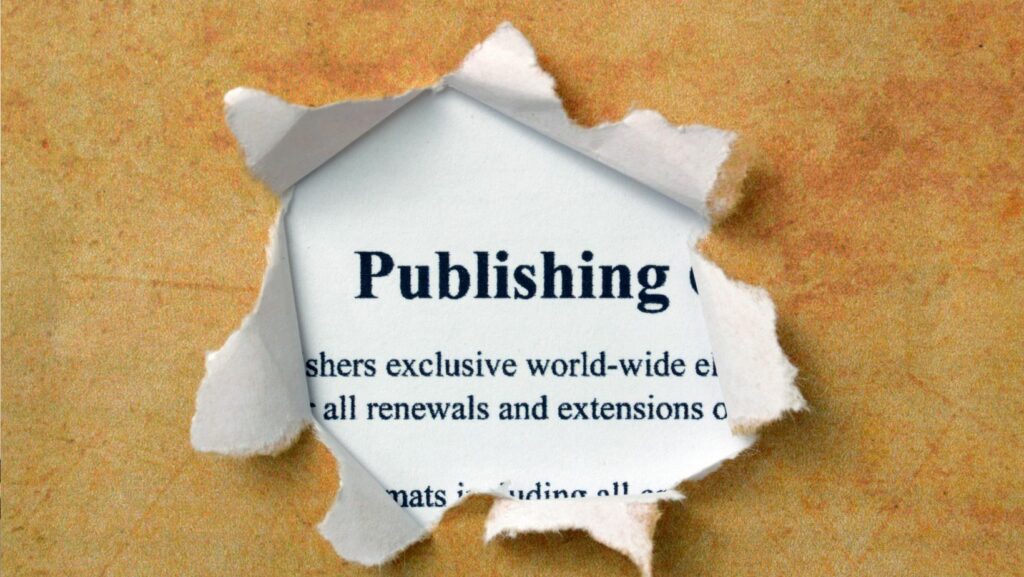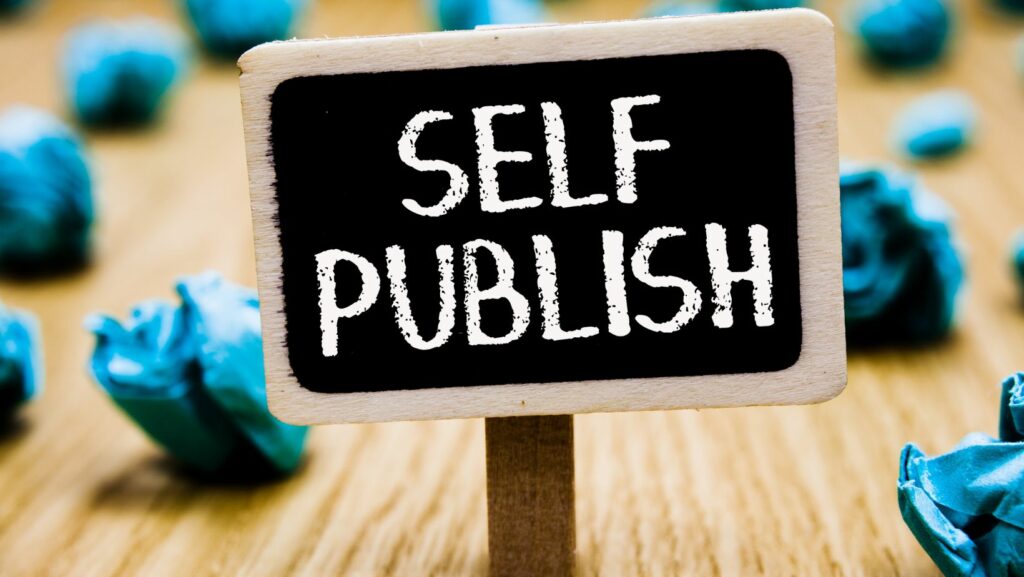What is Indie Publishing
- Indie Publishing Definition: Indie publishing allows authors to publish independently, retaining creative control and bypassing traditional publishing constraints.
- Financial Benefits: Indie authors typically enjoy higher royalties, often receiving up to 70% on e-book sales compared to the conventional 10-15% from traditional publishers.
- Creative Freedom: Authors can explore diverse genres and innovative storytelling without editorial restrictions, fostering unique narratives and perspectives.
- Direct Reader Engagement: Indie authors can connect directly with their audience through social media and personalized marketing, enhancing community interaction and reader loyalty.
- Challenges to Consider: Indie authors face marketing difficulties and distribution challenges, necessitating effective strategies to reach their target readers while managing logistics and promotion.
 Indie publishing has transformed the literary landscape, offering authors a chance to break free from traditional publishing constraints. With the rise of digital platforms, writers now have the power to share their stories on their terms, reaching readers directly without the need for a gatekeeper. This shift empowers creativity and innovation, allowing diverse voices to flourish in ways that were once unimaginable.
Indie publishing has transformed the literary landscape, offering authors a chance to break free from traditional publishing constraints. With the rise of digital platforms, writers now have the power to share their stories on their terms, reaching readers directly without the need for a gatekeeper. This shift empowers creativity and innovation, allowing diverse voices to flourish in ways that were once unimaginable.
As more authors explore indie publishing, they’re discovering the benefits of creative control, higher royalties, and the ability to build a personal brand. This movement not only challenges established publishing norms but also reshapes how readers discover and engage with literature. Understanding what indie publishing entails is crucial for anyone looking to navigate this vibrant and evolving world.
What Is Indie Publishing?
Indie publishing refers to the process of independently publishing books or other written works without the involvement of traditional publishing houses. Authors pursue this route to maintain creative control, ensuring their vision remains intact. Indie publishing utilizes digital platforms, enabling authors to reach readers globally.
Indie publishers often benefit from higher profit margins. While traditional publishers retain a significant portion of sales, indie authors frequently receive up to 70% royalties on e-book sales. This financial incentive attracts many writers, allowing them to invest in their projects.
The movement has democratized the publishing industry. Authors from diverse backgrounds and genres can share their stories without gatekeeping. This accessibility empowers underrepresented voices and enriches the literary landscape.
Indie publishing also emphasizes personalized branding. Authors create unique marketing strategies that resonate with their audience. Engaging directly with readers enhances community interaction, fostering loyalty and support.
Overall, indie publishing transforms how literature is created, distributed, and consumed, challenging the status quo while providing exciting opportunities for authors and readers alike.
Key Characteristics of Indie Publishing
Indie publishing stands out due to its unique features that empower authors. These characteristics revolve around author control and creative freedom, setting it apart from traditional publishing.
Author Control
Authors maintain full authority over their works in indie publishing. They decide on content, cover design, pricing, and marketing strategies, ensuring that their vision remains intact. This autonomy allows for a direct relationship with readers, fostering a sense of community. Authors can also choose to publish at their preferred pace, avoiding the lengthy timelines often associated with traditional publishing.
Creative Freedom
Creative freedom is a hallmark of indie publishing. Authors explore diverse genres and experiment with unconventional styles without editorial constraints. This openness encourages innovative storytelling and unique perspectives. Many indie authors tackle themes and narratives often overlooked by mainstream publishers, enriching the literary landscape with diverse voices and fresh ideas.
Advantages of Indie Publishing
Indie publishing offers several notable benefits that appeal to authors seeking more control and financial rewards. Two significant advantages include higher royalties and direct reader engagement.
Higher Royalties
Indie authors benefit from competitive royalty rates. Typically, they receive up to 70% royalties on e-book sales, a stark contrast to the 10-15% often seen in traditional publishing. This financial advantage allows authors to retain more earnings, enabling them to invest in marketing and future projects. For instance, a self-published e-book priced at $4.99 could yield $3.49 per sale, maximizing profits significantly compared to conventional models. Moreover, indie authors can adjust their pricing strategies based on market trends, allowing for better revenue optimization.
Direct Reader Engagement
Indie publishing fosters direct connections between authors and their readers. By utilizing social media, newsletters, and online forums, authors engage with their audience effectively. This approach encourages feedback and cultivates a loyal reader base. For example, indie authors can share behind-the-scenes content or solicit input on cover designs, making readers feel valued and invested in the creative process. Additionally, this engagement helps authors build their brands, leading to a deeper understanding of reader preferences and increasing sales potential.
Challenges of Indie Publishing
Indie publishing presents several challenges that authors must navigate to achieve success. These obstacles include marketing and promotion difficulties, as well as distribution issues.
Marketing and Promotion
Marketing and promotion stand out as significant hurdles for indie authors. Authors often lack the resources and expertise that traditional publishers provide. They must develop effective marketing strategies that reach their target audiences.
- Building an Online Presence: Authors must establish an engaging online presence through websites and social media channels to connect with readers.
- Utilizing Social Media: Leveraging platforms like Facebook, Instagram, and Twitter enables authors to interact with potential readers and build a community around their work.
- Creating Promotional Material: Authors need to design eye-catching promotional material, such as graphics and video content, to attract attention and create buzz around their publications.
- Participating in Book Events: Engaging in local and virtual book events, such as readings and signings, helps authors promote their work and network with readers and fellow authors.
Distribution Issues
Distribution issues significantly impact an indie author’s ability to reach a wide audience. Unlike traditional publishing, which often has established distribution networks, indie authors must independently navigate these challenges.
- Securing Distribution Channels: Authors must research and secure distribution channels, such as online retailers (Amazon, Barnes & Noble) and local bookstores, which can be time-consuming and complex.
- Managing E-book and Print Versions: Authors need to ensure their works are available in both e-book and print formats, often requiring additional platforms and services to manage different formats effectively.

- Overcoming Geographic Limitations: Authors must consider geography when reaching international markets, ensuring their work is available in various regions and languages.
- Handling Logistics and Costs: Authors face logistics and costs associated with printing, shipping, and inventory management, which can detract from their focus on writing and marketing.
Indie Authors are Able to Carve Out Unique Spaces in the Market
Indie publishing has reshaped the literary world by empowering authors to take control of their work and connect directly with readers. This movement not only fosters creativity and innovation but also challenges traditional publishing norms. With the potential for higher royalties and personal branding, indie authors are able to carve out unique spaces in the market.
While navigating the challenges of marketing and distribution can be daunting, the rewards of engaging with a dedicated audience and maintaining creative freedom make indie publishing an attractive option. As the landscape continues to evolve, indie authors will play a crucial role in enriching literature with diverse voices and fresh ideas.



